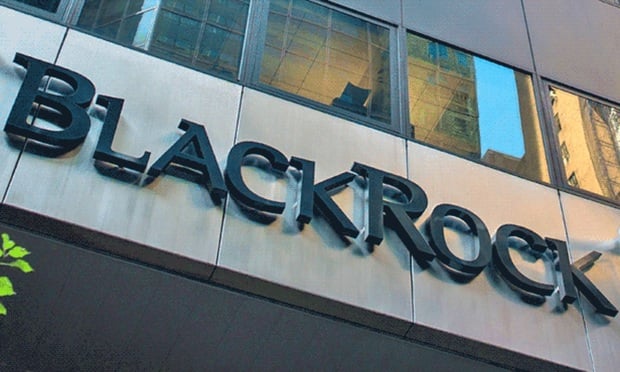 Employers are continuing to cut employee benefits costs in the wake of the Patient Protection and Affordable Care Act. Strategies include implementing consumer-driven plans or self-insuring, as well as launching health savings accounts, enhancing wellness programs and increasing voluntary benefit offerings.
Employers are continuing to cut employee benefits costs in the wake of the Patient Protection and Affordable Care Act. Strategies include implementing consumer-driven plans or self-insuring, as well as launching health savings accounts, enhancing wellness programs and increasing voluntary benefit offerings.
According to Benefits Selling's 2015 Employer Survey, 63 percent of respondents said they expected their employees to pick up more of the tab for their own benefits in the coming year, considering that health care and benefits costs have risen since last year.
More than a third (35 percent) said costs have increased significantly, while 40 percent said costs have increased some and 22 percent said they have stayed about the same. Only 3 percent said that costs declined some and no one said they declined significantly.
Employees will likely pick up more of the costs through the use or implementation of consumer-driven plans, as 69 percent of the survey respondents said their company has considered this option.
Don Levings, senior account executive at R&R Insurance Services Inc. in Waukesha, Wisconsin says his firm has had a consumer-driven plan for five years, with dual choice between a traditional plan and a consumer-driven plan.
 “We've always had a terrific group health plan, but after the passage of PPACA, we made some changes to our coverages to make sure that our benefits program complied,” Levings said.
“We've always had a terrific group health plan, but after the passage of PPACA, we made some changes to our coverages to make sure that our benefits program complied,” Levings said.
The firm also offers its employees disability, dental and life voluntary benefits, as well as HSAs and flexible spending plans. “We have banks close to work with good interest rates on the HSAs,” Levings added, “which helps them with the high deductible.”
Nearly half (49 percent) of the survey's respondents said they offered HSAs, and exactly half offered flexible working benefits.
Chris Wolpert, director of business development at Group Services Northwest in Tacoma, Washington, says that his firm does not offer medical health care plans because of the cost of “age-rated” plans under PPACA — five of the company's six employees are over 50, and two of those are over 60. One employee is on their spouse's plan and the other may be able to get some kind of subsidy on the public exchanges.
“To make up for not offering a medical plan, we have made non-medical benefits available,” Wolpert says. “We have increased the maximum benefit on dental from $1,000 to $1,500, provided a higher death benefit on group life, and added more lines of coverage, including short-term and long-term disability.
These benefit plans are all 100 percent employer paid, while voluntary benefits such as life insurance buy-up, critical illness plans, and accident plans are 100 percent employee paid.
 In the employer survey, 21 percent of respondents said they've considered moving their employees onto the public exchanges, compared to 79 percent who said they have not.
In the employer survey, 21 percent of respondents said they've considered moving their employees onto the public exchanges, compared to 79 percent who said they have not.
Jeff Forker, total rewards consultant at SCL Health in Broomfield, Colorado, says that his organization, a nonprofit faith-based health care system, offers its employees a variety of medical plans, but the organization encourages them to opt for the SCL self-insured plan.
“We try to keep as much business in-house as we can,” Forker says. “Our model tends to be efficient because we only pay the true cost of the service for our population. Since we're a nonprofit, we are also not trying to extract excess profit for our organization.”
To help reduce health care costs, many employers are considering wellness programs to help their workers maintain healthy behaviors. In the employer survey, 63 percent of respondents said their organization has either implemented or planned on implementing a wellness or disease management program.
Wolpert says his firm is among those considering a wellness program.
“The most successful programs I've seen are being championed by a real advocate within the organization — someone really pushing the initiative who is accountable,” he says.
 Levings is the coordinator of his firm's wellness program, which includes walking programs, “Biggest Loser” contests and other weight maintenance initiatives, to name a few. His team draws the names of participants in these contests, and the winners receive gift cards to gas stations or department stores.
Levings is the coordinator of his firm's wellness program, which includes walking programs, “Biggest Loser” contests and other weight maintenance initiatives, to name a few. His team draws the names of participants in these contests, and the winners receive gift cards to gas stations or department stores.
“We've had low single-digit increases on our health insurance premiums, and a great deal of that is due to our wellness program,” he says. “We've even eliminated all vending machines and now stock a cooler with healthy goods, such as fruits, juices, granola bars and sandwiches made with 12-grain bread. Our employees have embraced these initiatives wholeheartedly and our program just received an award from the Wellness Council of America.”
SCL Health is just starting to roll out a wellness program, so it's too early to determine the impact it will have on benefit costs, Forker says. The first thing his team did was to reward employees who completed a health questionnaire to give the team a baseline. And employees will have other opportunities for financial incentives over the next year, such as participating in biometrics testing for body mass index, blood pressure, non-smoking and cholesterol.
“We're also anticipating that once people have information on whatever areas they might need to focus on, such as checking out and catching health issues early and making lifestyle choices, they will take action in those areas,” he says. “We also provide an opportunity for people to act on those choices with solutions, such as smoking cessation, exercise and healthy eating programs.”
© Touchpoint Markets, All Rights Reserved. Request academic re-use from www.copyright.com. All other uses, submit a request to [email protected]. For more inforrmation visit Asset & Logo Licensing.







